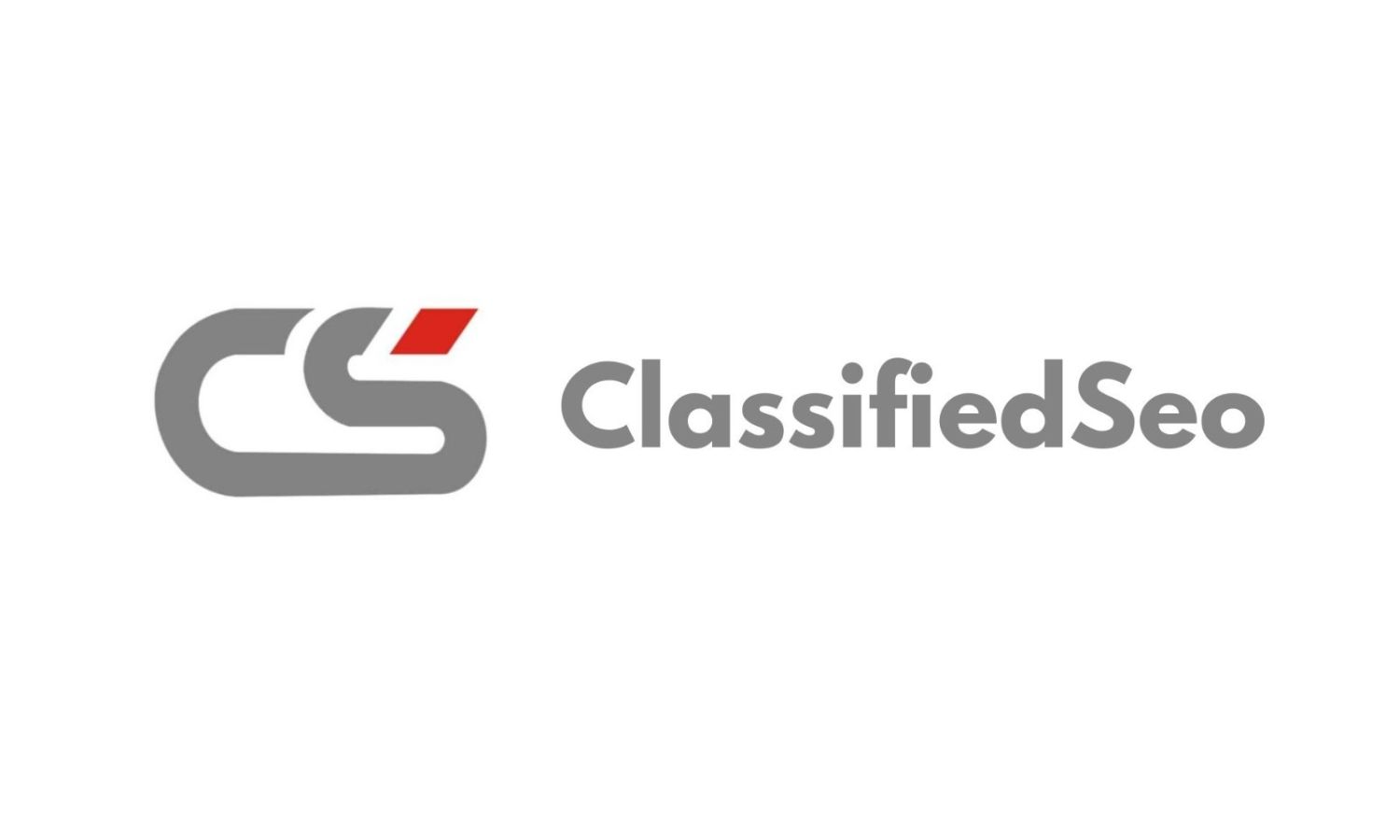How to Choose the Right Engine Bearings for Performance and Longevity
Engine bearings play a critical role in maintaining the efficiency and longevity of an engine. They reduce friction between moving parts, support the crankshaft, and help distribute loads evenly. Choosing the right bearings is essential for ensuring optimal engine performance, whether you’re working on a high-performance racing engine or a standard passenger vehicle. Selecting the wrong bearings can lead to premature wear, increased friction, and even catastrophic engine failure. This guide will walk you through the key factors to consider when choosing the right engine bearings for performance and durability.
According to a Engine Bearings Market report, the industry is expected to grow significantly in the coming years.
Understanding the Function of Engine Bearings
Engine bearings serve as a buffer between rotating components, reducing wear and enabling smooth engine operation. They are typically used in the crankshaft, connecting rods, and camshaft. The main functions of engine bearings include:
-
Reducing friction: Bearings create a thin oil film between surfaces, minimizing direct metal-to-metal contact.
-
Supporting loads: Bearings help distribute loads evenly across engine components, preventing localized stress points.
-
Dissipating heat: Bearings assist in transferring heat away from critical areas, reducing the risk of overheating.
-
Minimizing wear: Proper bearings prevent excessive wear on crankshaft journals and other engine parts.
More Info: https://www.marketresearchfuture.com/reports/engine-bearings-market-12335
Types of Engine Bearings
There are several types of bearings used in internal combustion engines. Understanding the different types will help you select the right ones for your application.
1. Main Bearings
Main bearings support the crankshaft and allow it to rotate smoothly within the engine block. These bearings are subjected to high loads and require excellent durability and lubrication.
2. Connecting Rod Bearings
Rod bearings are installed between the crankshaft and connecting rods. They handle reciprocating forces and must withstand high speeds and extreme pressures.
3. Camshaft Bearings
Camshaft bearings support the camshaft, ensuring smooth valve operation. These bearings experience lower loads than main and rod bearings but still require precision and proper lubrication.
4. Thrust Bearings
Thrust bearings control axial movement in the crankshaft, preventing excessive endplay. They are crucial for maintaining proper crankshaft alignment and reducing wear.
Key Factors to Consider When Choosing Engine Bearings
1. Material Composition
Engine bearings are made from various materials, each with its own advantages and applications.
-
Aluminum Bearings: Lightweight, cost-effective, and corrosion-resistant. Ideal for standard engines but may not handle high loads as well as other materials.
-
Copper-Lead Bearings: Known for their excellent load-carrying capacity and resistance to fatigue. Used in high-performance and heavy-duty applications.
-
Tri-Metal Bearings: Feature a combination of a steel backing, a copper-lead intermediate layer, and a soft overlay. They provide superior durability, wear resistance, and heat dissipation, making them ideal for racing and high-performance engines.
2. Load Capacity and Strength
Bearings must be able to withstand the loads exerted by the engine. High-performance engines generate greater stress, requiring bearings with higher load capacities. If you are upgrading an engine for racing or heavy-duty use, opt for bearings designed to handle increased loads.
3. Clearance and Tolerance
Proper clearance between the bearing and crankshaft is essential for lubrication and heat dissipation. Too much clearance can cause excessive oil flow, reducing pressure, while too little clearance can lead to metal-to-metal contact and premature failure. It’s important to follow the manufacturer’s recommendations and consider factors such as oil viscosity and operating conditions when selecting bearing clearance.
4. Surface Coatings and Treatments
Advanced coatings improve bearing performance by reducing friction and enhancing wear resistance. Some common coatings include:
-
Polymer Coatings: Reduce friction and provide improved resistance to oil starvation.
-
Lead-Indium Overlays: Improve fatigue resistance in high-load applications.
-
Tin-Based Coatings: Offer excellent conformability and corrosion resistance.
5. Oil Compatibility and Lubrication
Oil plays a crucial role in bearing performance. The choice of bearing material and clearance must be compatible with the type of oil you use. High-performance engines often require synthetic oils with specific additives to ensure proper lubrication and wear protection.
6. Engine Application and Usage
Different engines have different bearing requirements. Consider the intended use of your engine before selecting bearings:
-
Stock and Daily-Use Engines: Standard bearings with aluminum or bi-metal construction work well for everyday vehicles.
-
High-Performance and Racing Engines: Tri-metal or copper-lead bearings with high load capacity and advanced coatings are necessary for engines operating at high RPMs and extreme temperatures.
-
Heavy-Duty and Diesel Engines: Bearings with reinforced construction and superior fatigue resistance are essential for engines handling heavy loads.
7. Manufacturer Quality and Reputation
Not all bearings are created equal. Choosing bearings from reputable manufacturers ensures quality, durability, and compatibility with your engine. Trusted brands such as Clevite, King Engine Bearings, ACL, and Mahle offer high-performance options for various engine types.
Common Mistakes to Avoid When Choosing Engine Bearings
-
Ignoring Manufacturer Specifications: Always follow the engine builder’s or manufacturer’s recommendations for bearing materials, clearance, and fitment.
-
Choosing the Wrong Clearance: Incorrect bearing clearance can lead to oil pressure issues, overheating, and premature failure.
-
Overlooking Lubrication Needs: Bearings require proper oiling to function effectively. Ensure your oil selection matches your bearing material and application.
-
Skipping Break-In Procedures: New bearings need a proper break-in period to ensure optimal performance and longevity. Follow the recommended procedures for your engine.
Final Thoughts
Choosing the right engine bearings is crucial for achieving maximum performance, efficiency, and durability. By considering factors such as material composition, load capacity, clearance, coatings, and oil compatibility, you can ensure that your engine operates smoothly and withstands demanding conditions. Whether you’re building a stock engine or a high-performance powerhouse, investing in high-quality bearings from a trusted manufacturer will enhance engine reliability and longevity.








 Call Girls in Safdarjung Enclave ((Delhi))
Call Girls in Safdarjung Enclave ((Delhi)) ≽9821774457
≽9821774457


